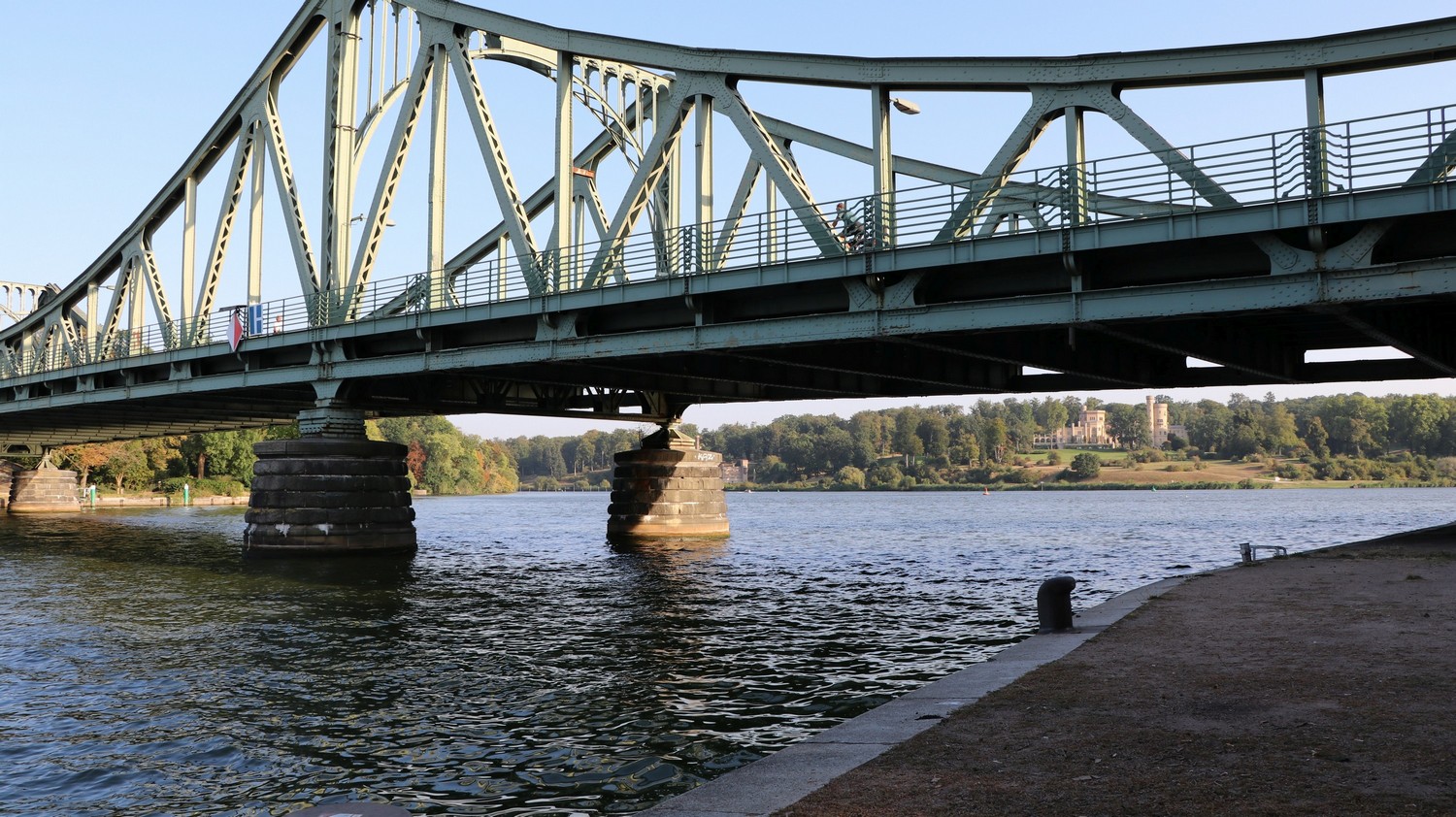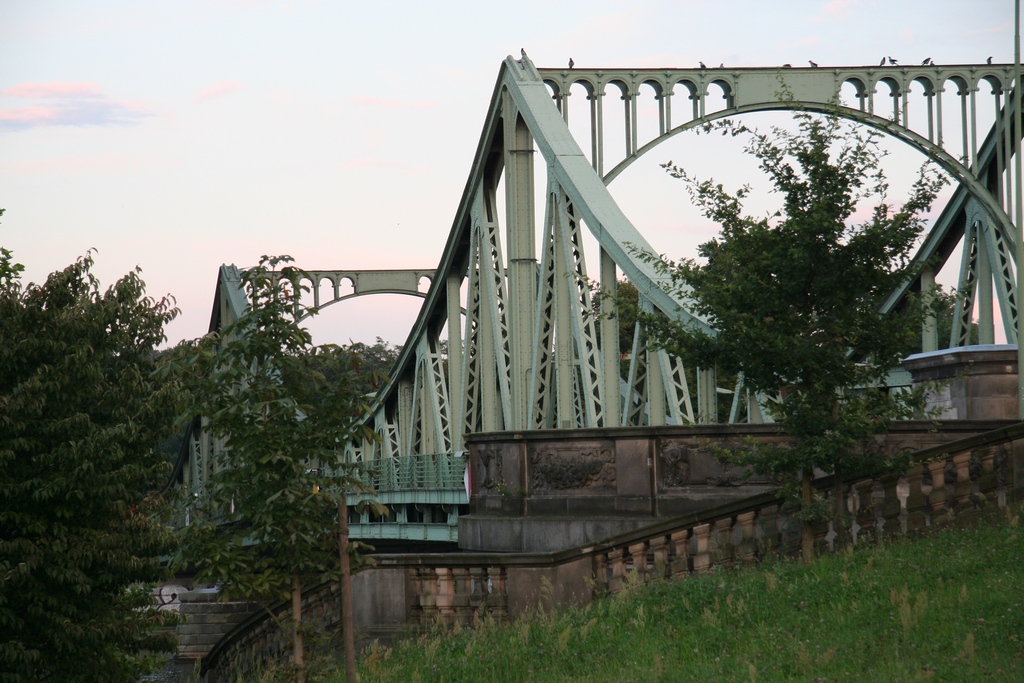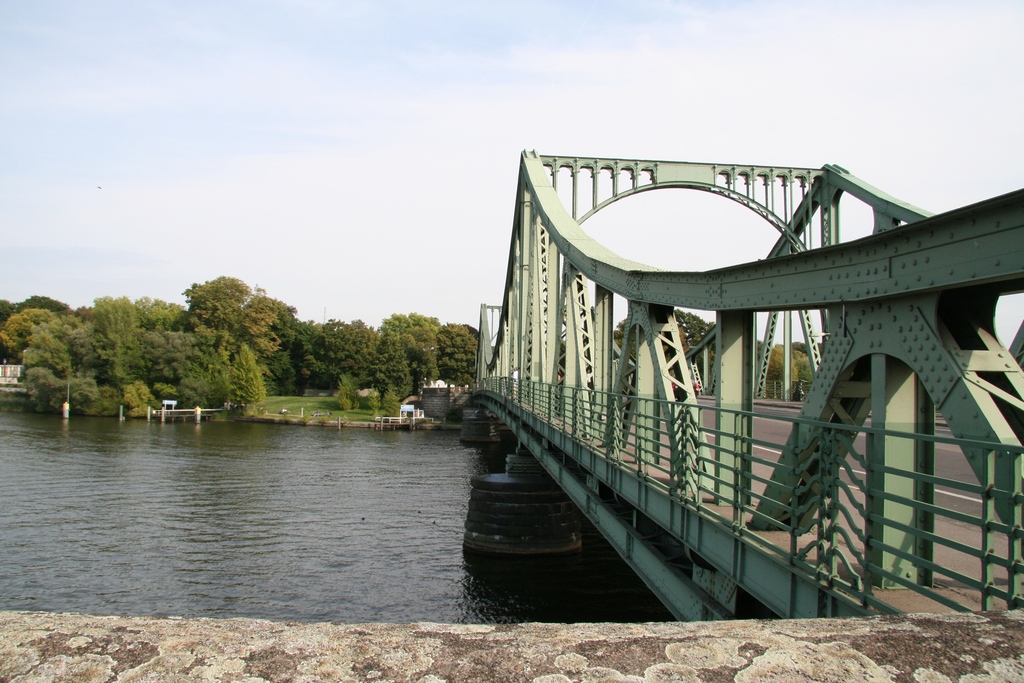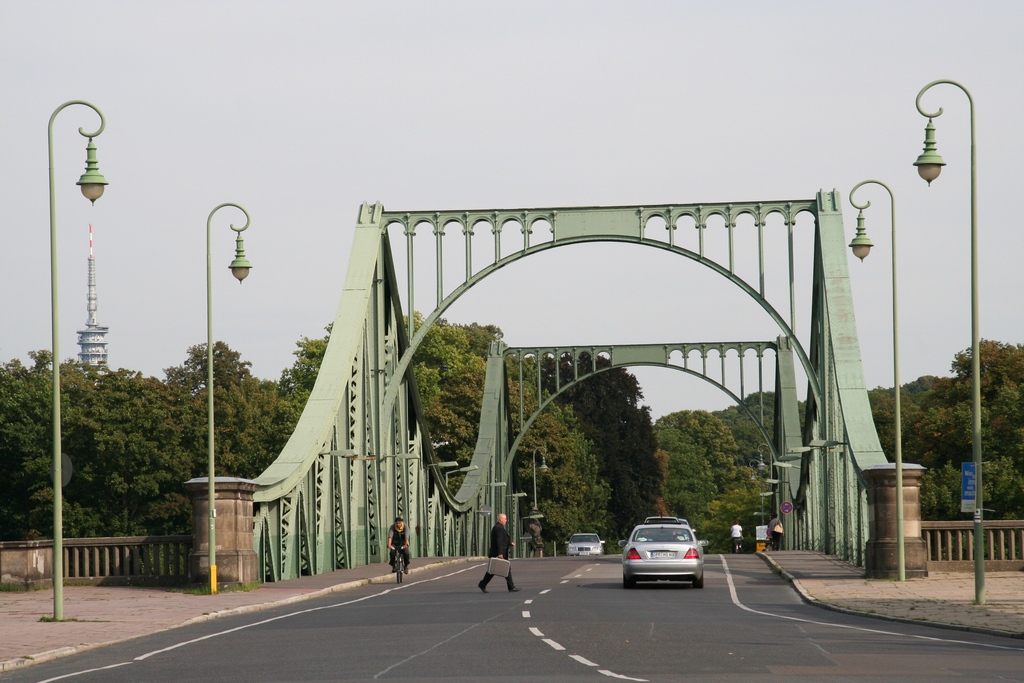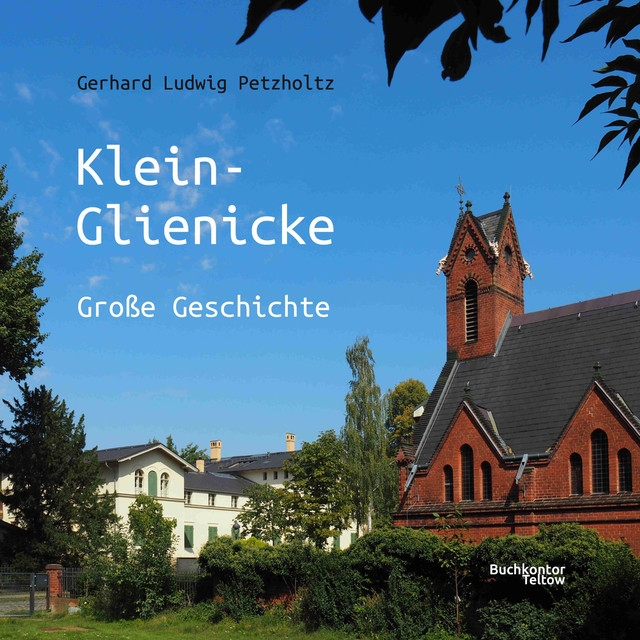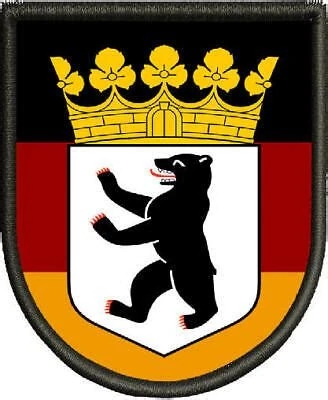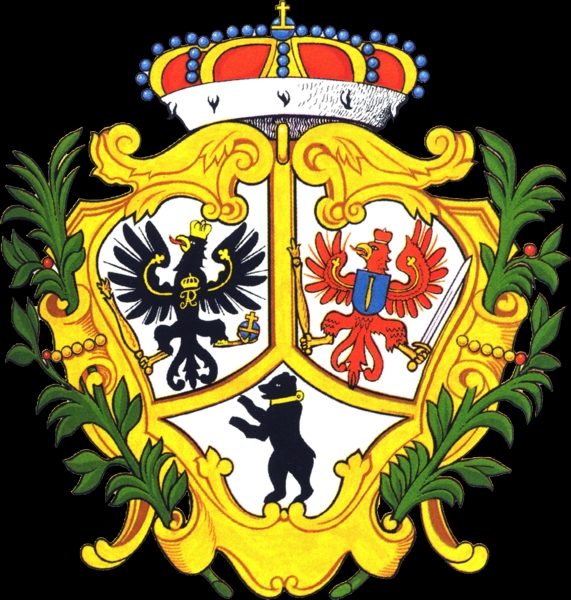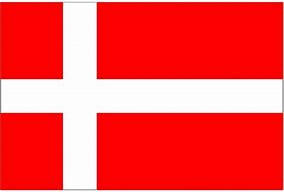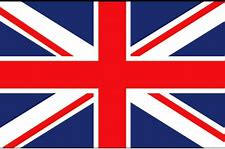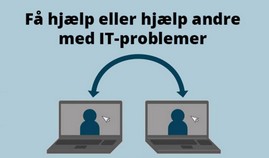
Other places of interest and excursion destinations in other countries:
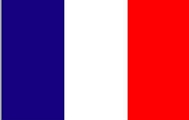 |
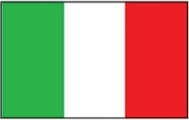 |
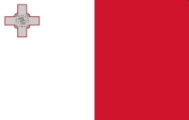 |
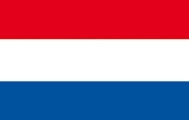 |
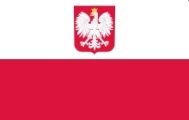 |
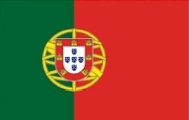 |
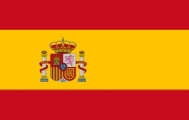 |
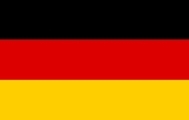 |
FR |
IT |
MT |
NL |
PL |
PT |
ES |
DE |
Link: Worth visiting in Berlin
Klein Glienicke
Klein Glienicke is located at the foot of Wannseer Böttcherberg between Griebnitzsee and Glienickersee, southeast of Glienicker Brücke. This is the only part of Potsdam that is on the northeast Berlin side of the Teltow Canal and the Havel. Klein Glienicke was only connected to the city of Potsdam in the GDR era by a single-track bridge that was originally intended for pedestrians. This leads over the Teltow Canal to Babelsberg Park in the southeast. A central part of Klein Glienicke is the hunting lodge, which began to be built in the latter half of the 17th century.

Glienicke Hunting Lodge - 2024
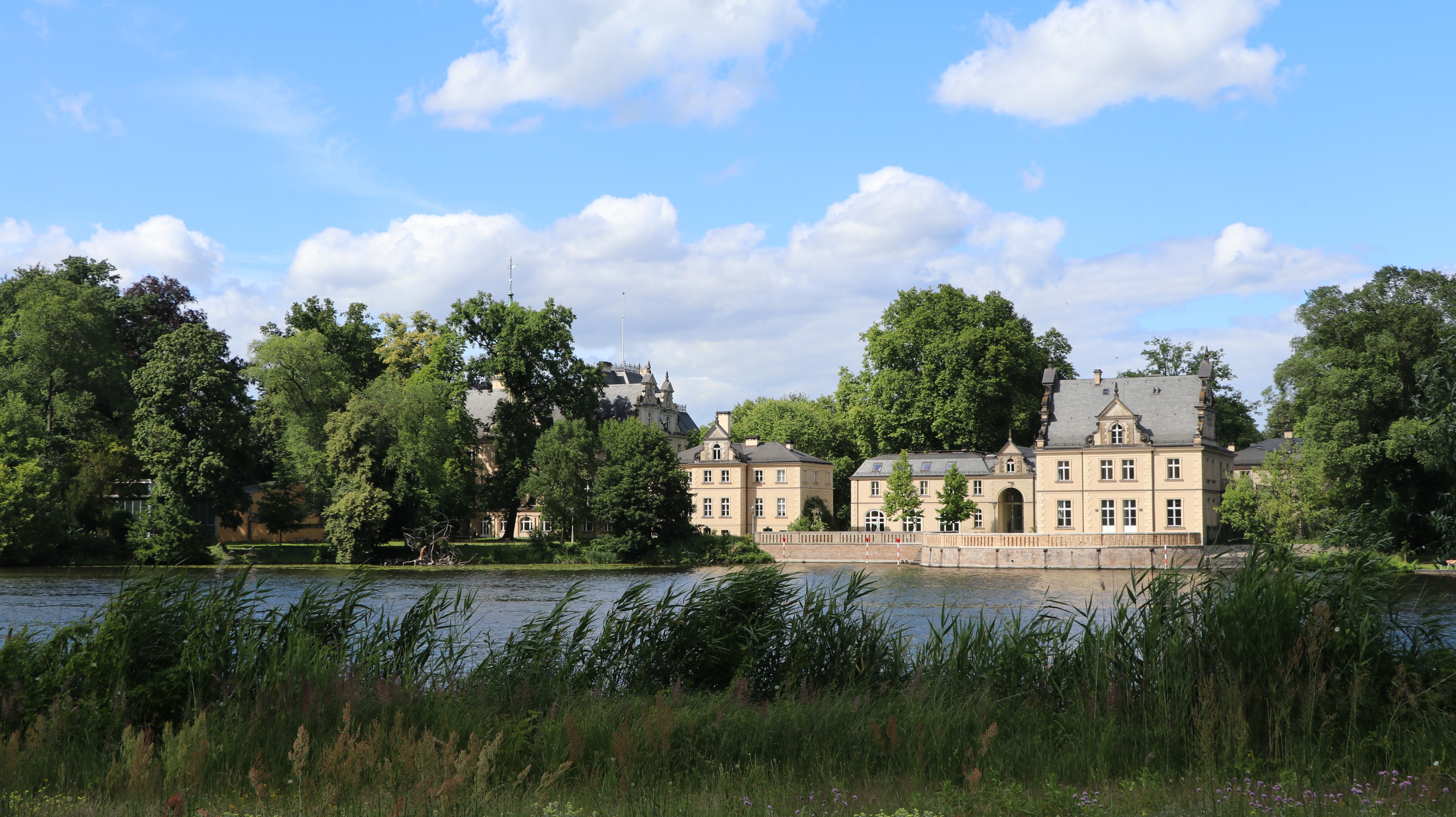
Glienicke Hunting Lodge - 2024
The construction of a "little hut" with a knight's house and stables was begun in 1682 under
Elector Frederick William of Brandenburg, but over the years the castle was developed. In
1939 the castle was used as a storage place for Universum Film AG and after the Second World
War the castle housed parts of the Soviet army. Later in 1947 it became a hostel. From 1961,
the castle came to be located next to the Berlin Wall. In 1962-64, Max Taut rebuilt the castle
by adding a glass bay to the two lower floors. Between 1964 and 2003, the castle was used as a
youth meeting place. In March 2003 the south wing of the castle caught fire due to a short
circuit and as the castle had no fire alarm and its water intake had been blocked, the damage
was particularly severe. A reconstruction began in November 2005 and after this the castle is
used by the "Senate Office for Education, Science and Research".
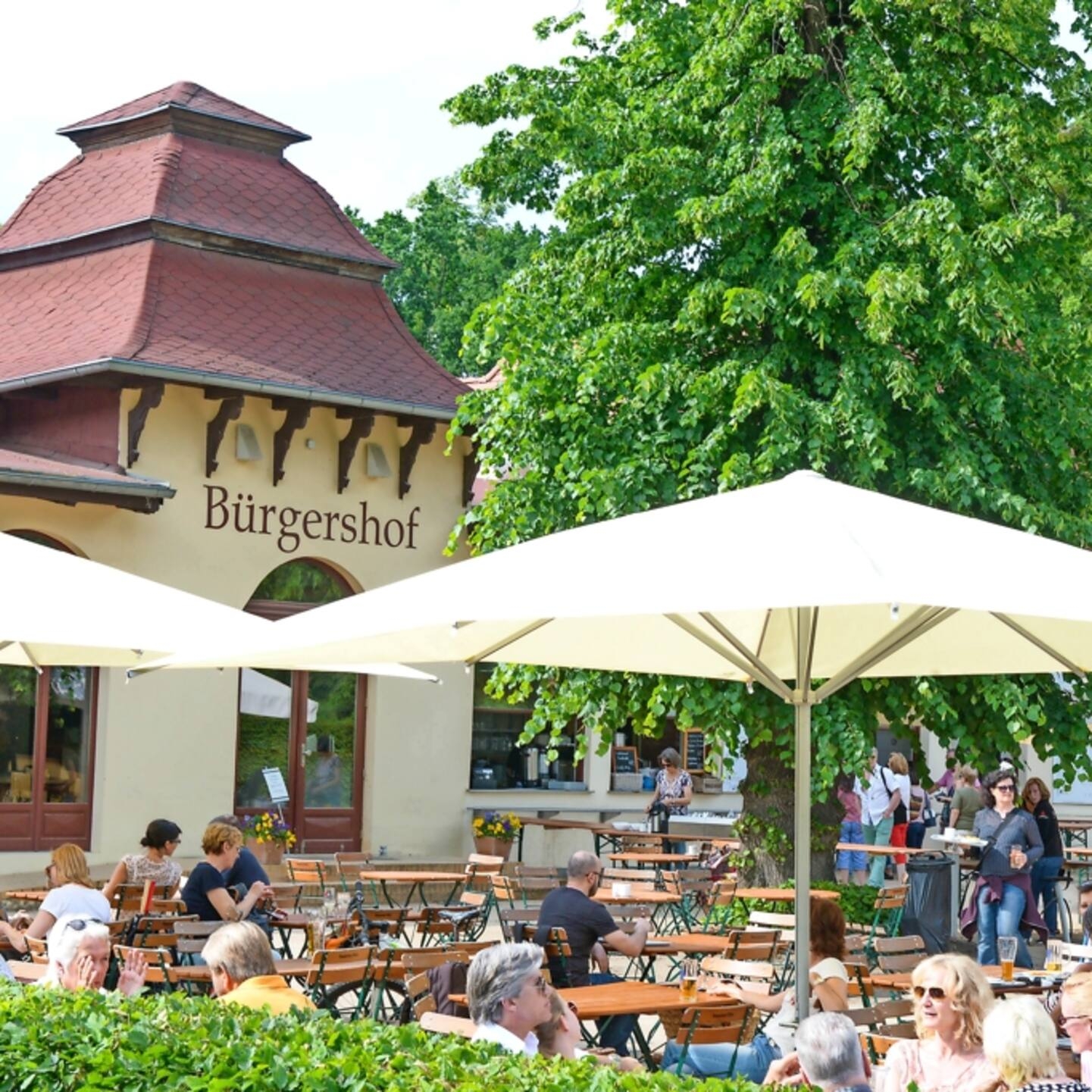
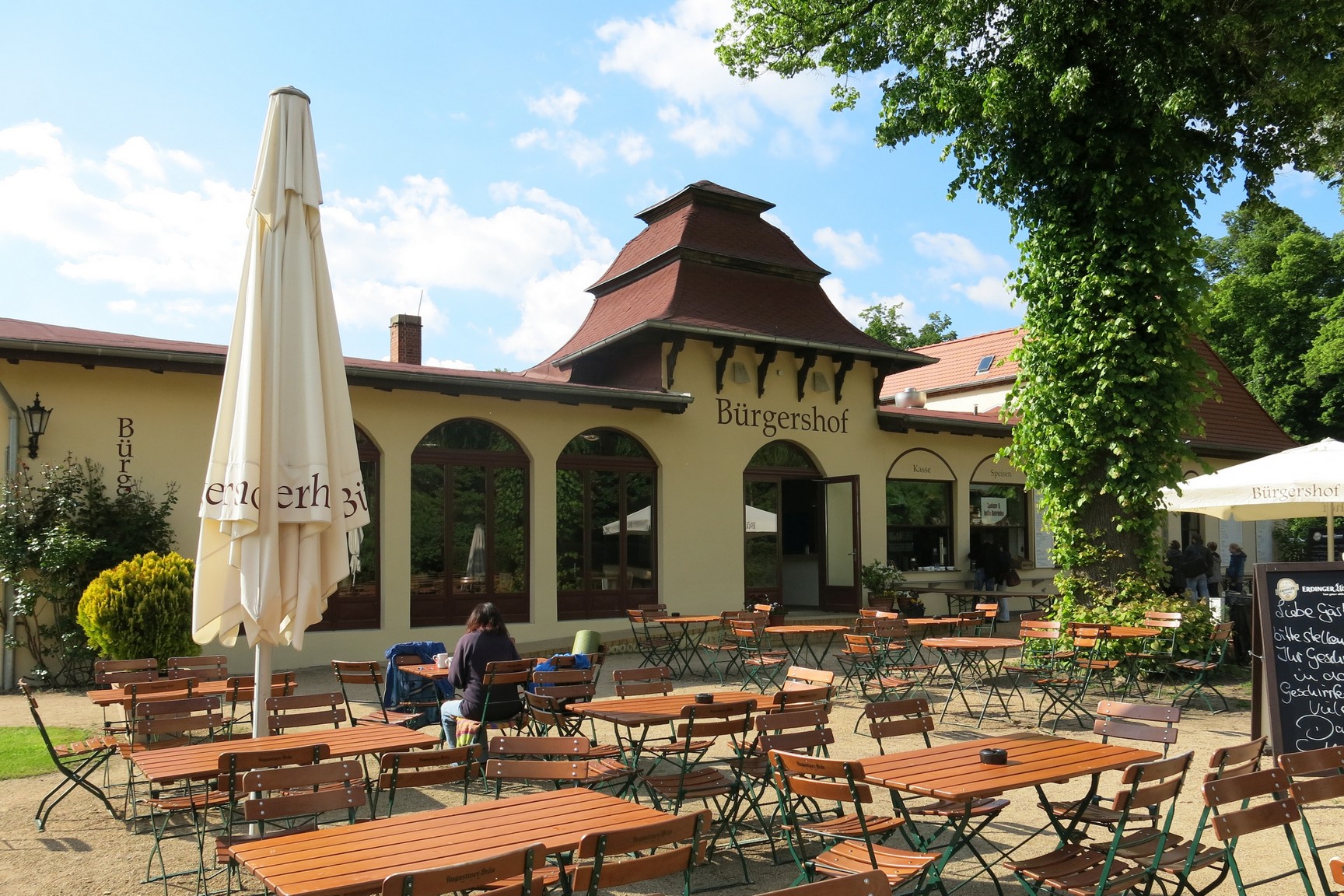

The beergarten on Waldmüllerstraße by Lake Glienicker has a long history behind it. From 1873
the Bürgershof was a beer and wine restaurant and in the first decades of the 20th century
the Bürgershof was also used as a hotel and equipped with a ballroom for 1000 people. For the
same reason it was one of the most popular excursion destinations for Potsdamers and Berliners.
Due to the war, the beer garden had to close in 1941. Later, in the GDR, the house was used for
administration and subsequently used for dance events. After the construction of the wall in 1961,
part of the place became part of the so-called death strip in front of the closed border with West
Berlin and the place was expropriated in the following years. On 15 January 1971, it was decided to
demolish the former hotel, only the beer hall was preserved. After the reunification in 1989/90,
the former owners submitted a request for the return of the property. First, however, the area came
into the possession of the municipality, which led to a long dispute, which ended for the owners in
2002 with the repurchase of the area according to the laws related to the fall of the Berlin Wall.
After the renovation of the former Beergarten, restaurant operations resumed in the summer of 2004 -
where several hundred people had space in the well-known Beergarten by the water. In 2018, the
famous beer garden closed after being bought by a former banker from Berlin. He did not want to run
it further, but instead wanted to subdivide the place and then live on part of the area himself.
Instead, an alternative could be Wartmanns café which opened for the first time in 2015.
Wartmann's café- Waldmüllerstraße 8 - in Klein Glienicke by
Teltowkanal - Summer 2019
The border Potsdam-Babelsberg West-Berlin 1986 Photo: Wikimedia
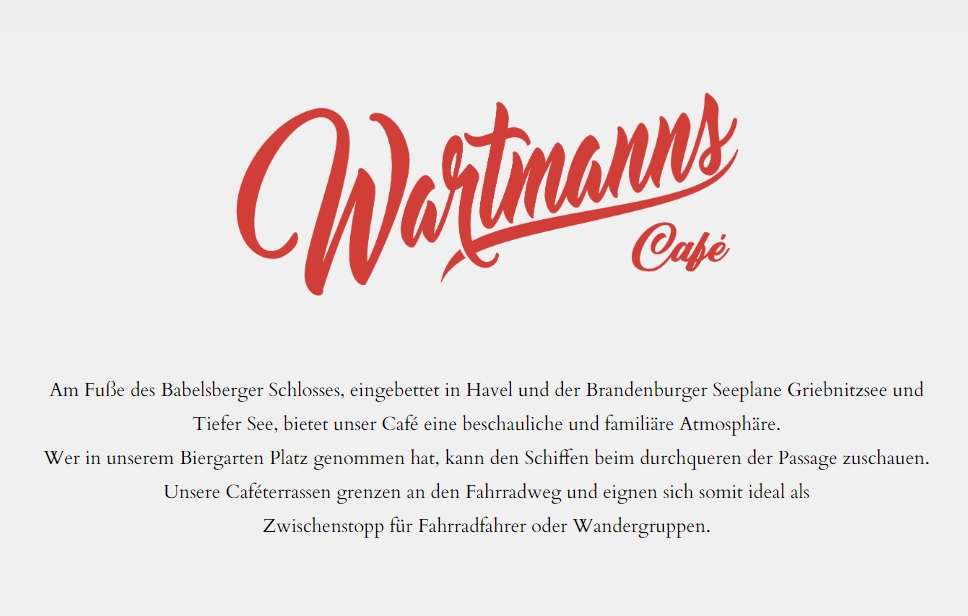
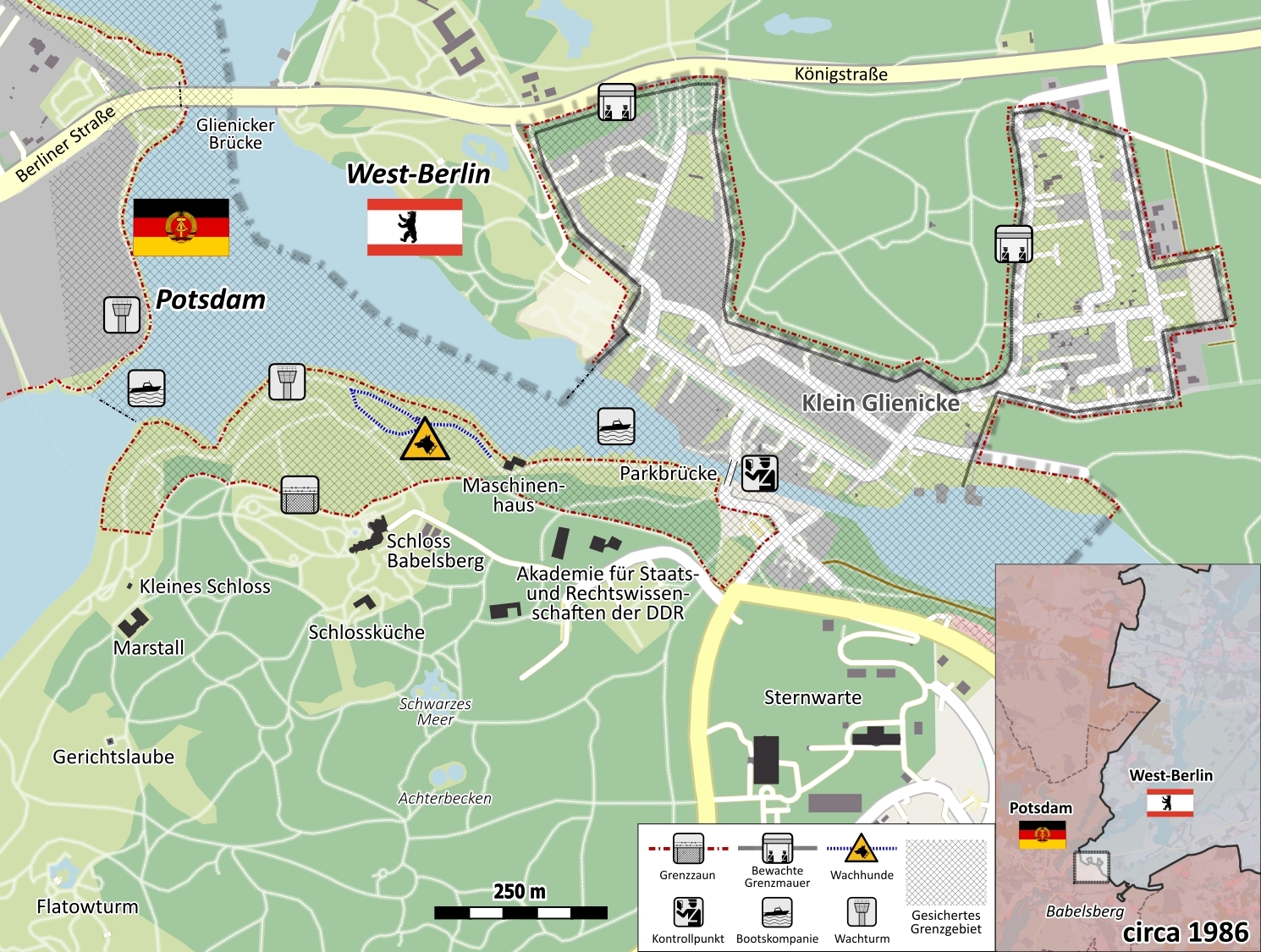
During the Cold War and while the Berlin Wall was a part of German everyday life, the beautiful and interesting area called Klein Glienicke was completely closed off. The residents of the village had to obtain a pass every time they left the area, and this could only be done at the bridge to Barbelsberg Park. The picture above illustrates perfectly how enclosed the area was and how close to life the Berlin Wall was to approx. 500 inhabitants. Life in Klein Glienicke was characterized by isolation and strict security measures. As an exclave of the GDR and surrounded by West Berlin, residents were under constant surveillance and their freedom of movement was severely restricted. They lived as islanders surrounded by a West Berlin closed to them, which also meant that they were cut off from the rest of East Germany and many had only limited contact with the outside world. The area was also heavily cordoned off and heavily guarded by border guards who kept an eye on all movements at the border between East and West, which in some places was only a few meters wide.
Berlin - Somewhat different suggestions for a visit to the city than usual
Escape attempts
There were several attempts to escape from Klein Glienicke to West Berlin, but
the most
were prevented by the strict security measures.
After the fall of the Berlin Wall in 1989, Klein Glienicke
was reunited with the rest of Berlin. Life changed dramatically, and residents were
finally given the freedom to move freely and rebuild their communities.
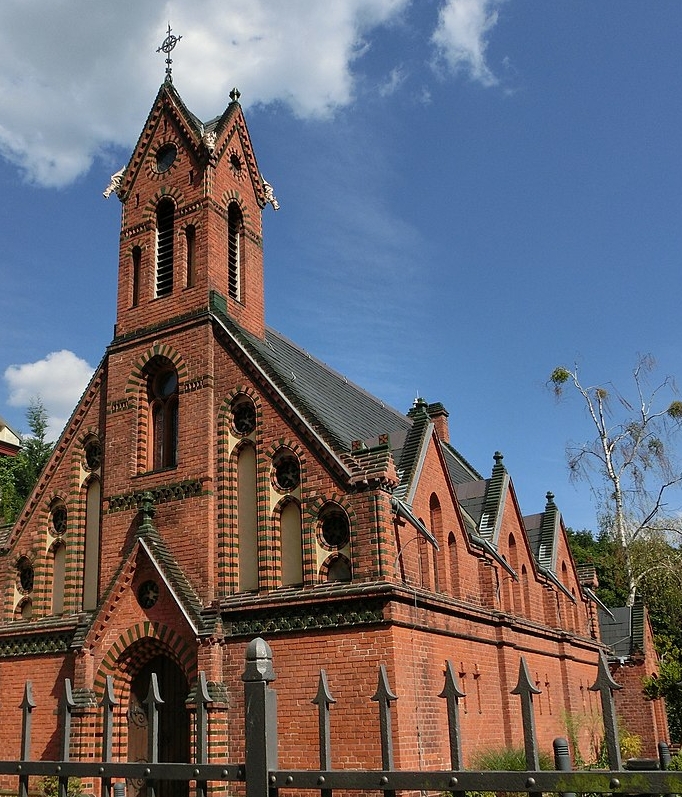
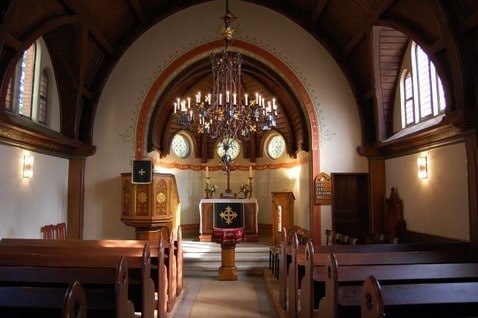
Klein Glienicker Chapel
Klein Glienicker Chapel, was built in 1880-81 in neo-gothic style according to drawings by Reinhold Persius. During the Cold War, from 1961 to 1989, the chapel was in a cordoned off area and was not used. After a failed escape by construction workers to repair the church in the 1980s, no further repairs were made and the church fell into disrepair. After the fall of the wall, the chapel was restored and rededicated in 1999 and is now a popular venue for concerts, weddings and baptisms.
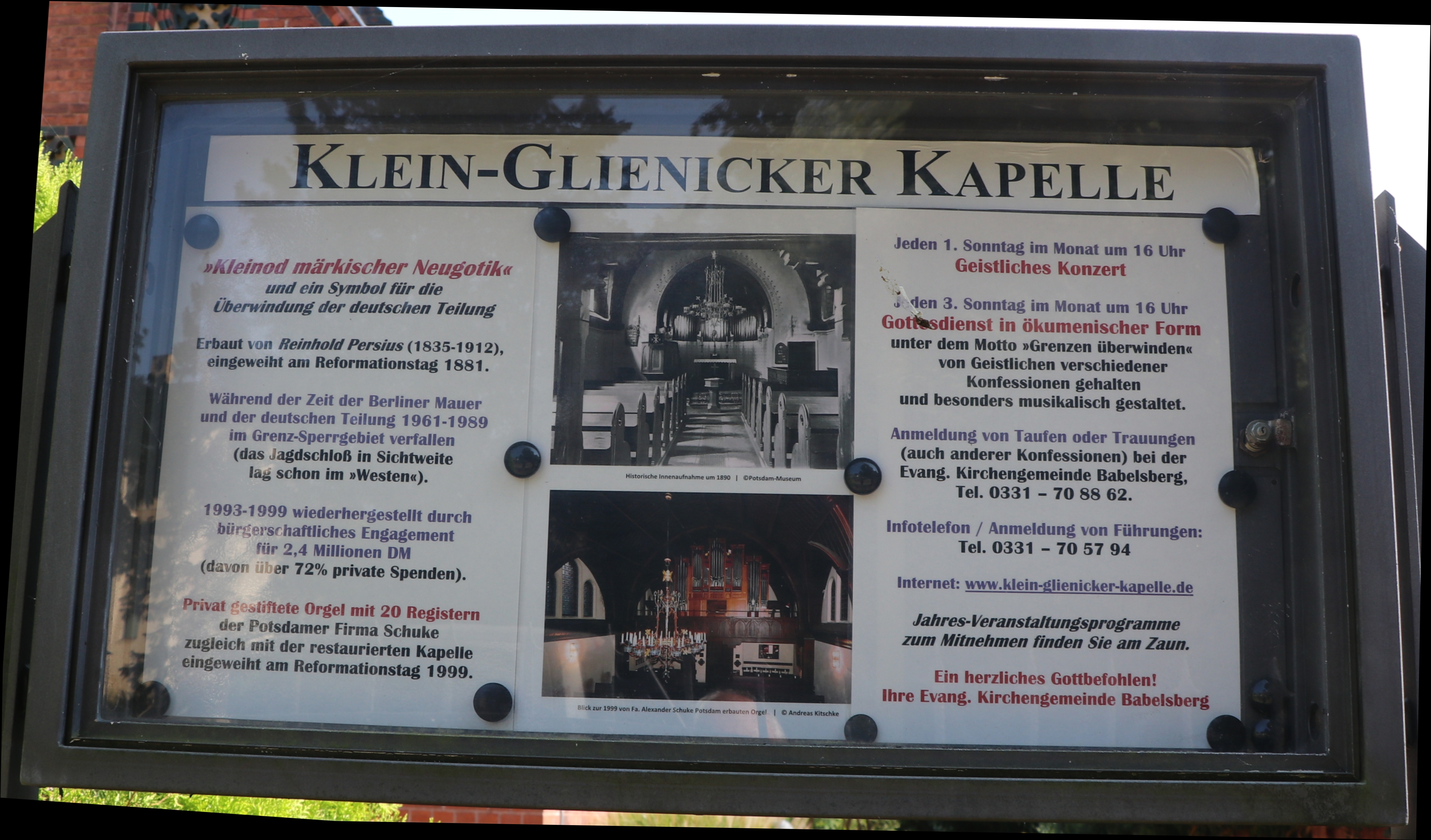
Klein-Glienicker Kapelle - Info - Summer 2024
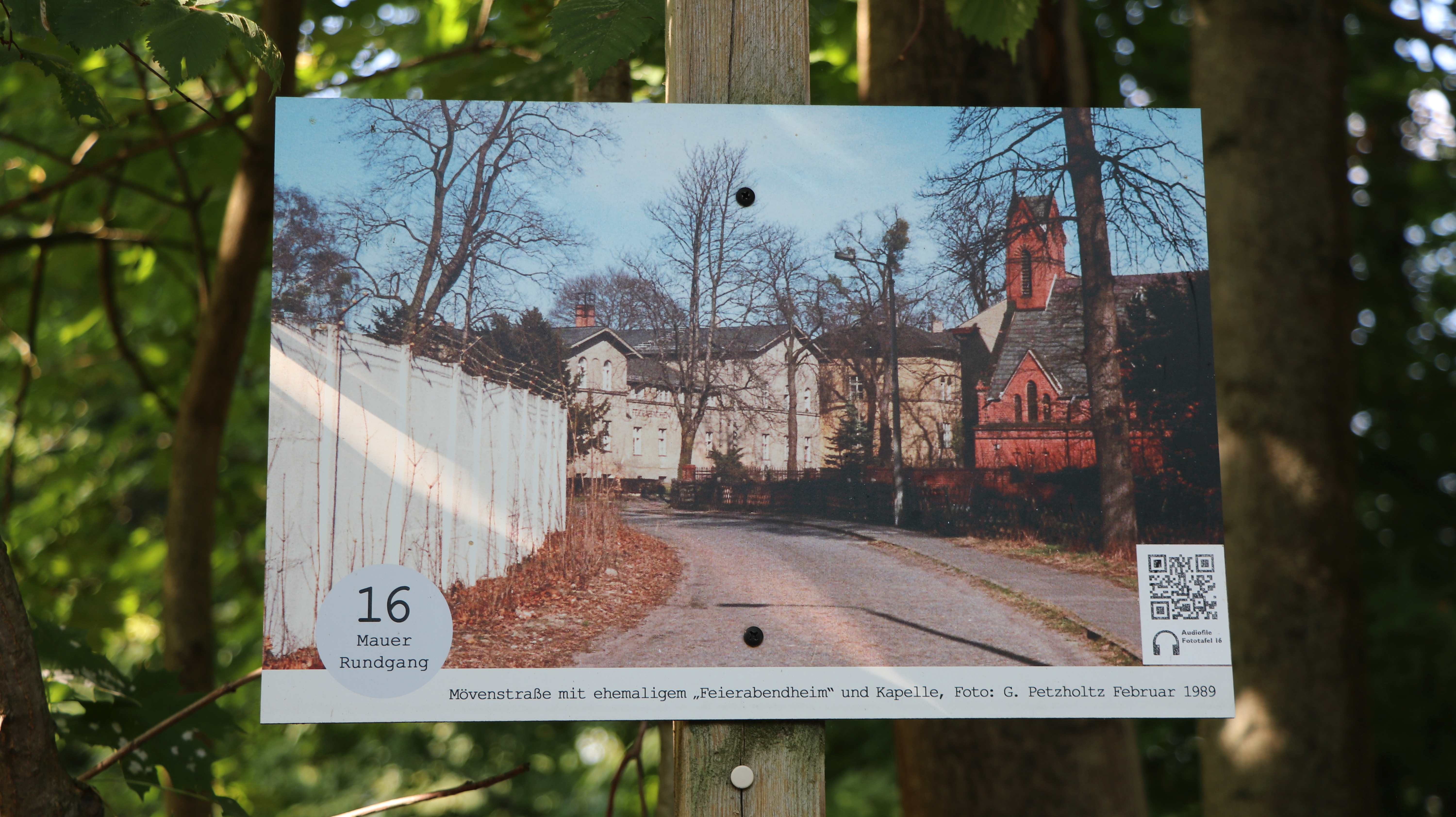
Klein-Glienicker - The Berlin Wall, the now demolished retirement home and the Chapel
I can recommend to closely study the signs that the residents of Klein-Glienicke have put up in relevant places in the area and to use the references to additional information that the signs are equipped with.
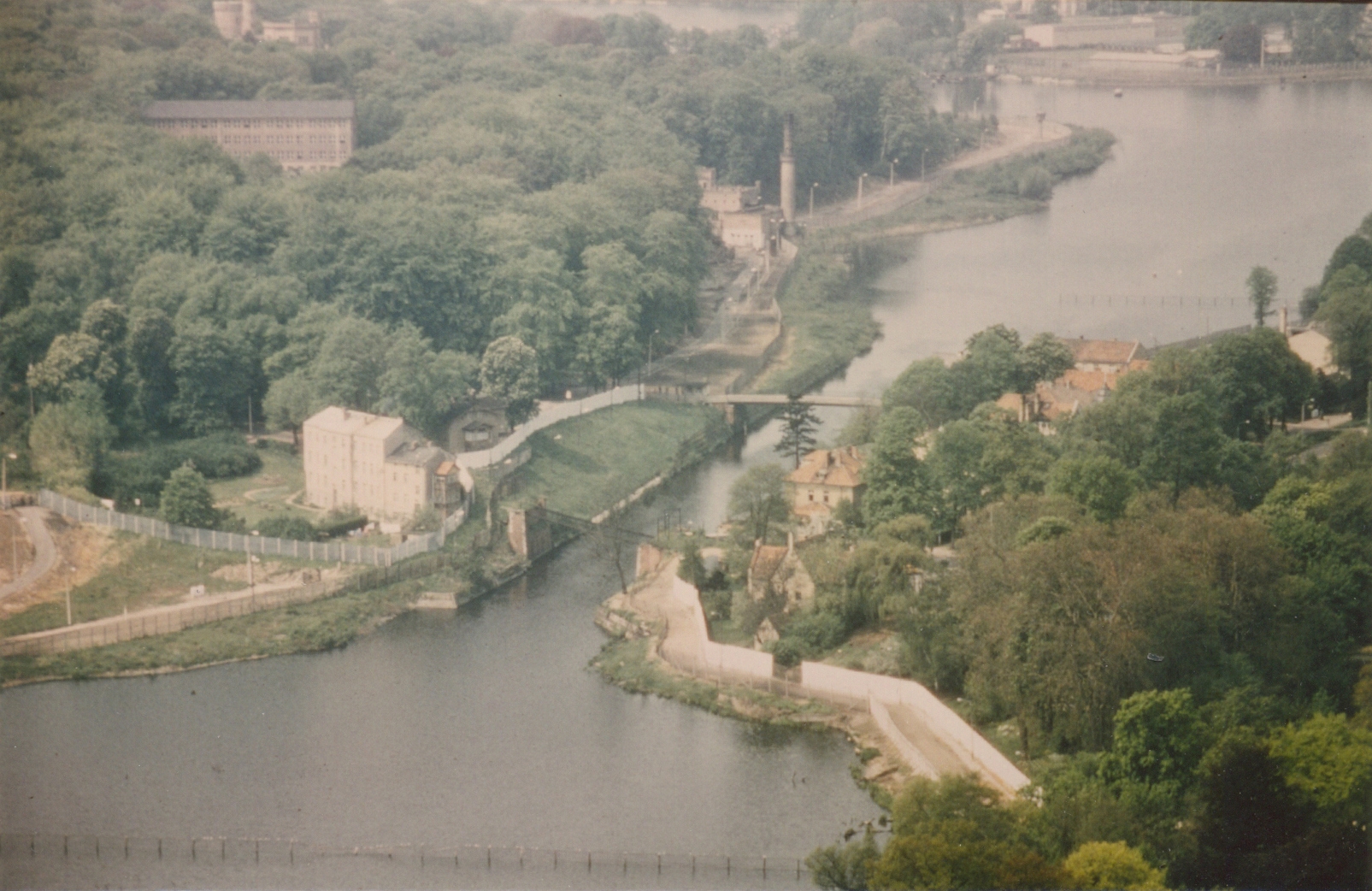
Klein Glienicke ved Teltow-kanalen - Berlinwall - Photo: Stiftung Berliner Mauer, Foto: Hans-Joachim Grimm 1975
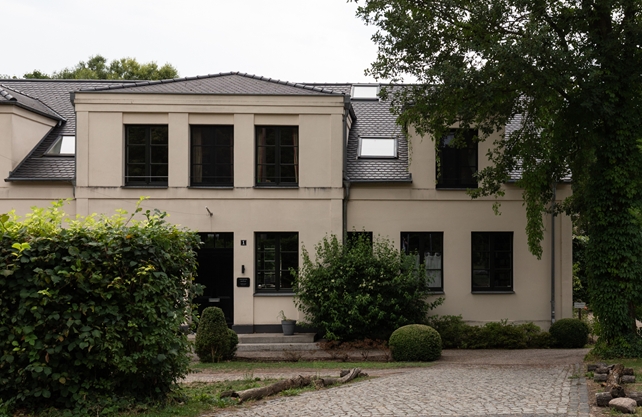
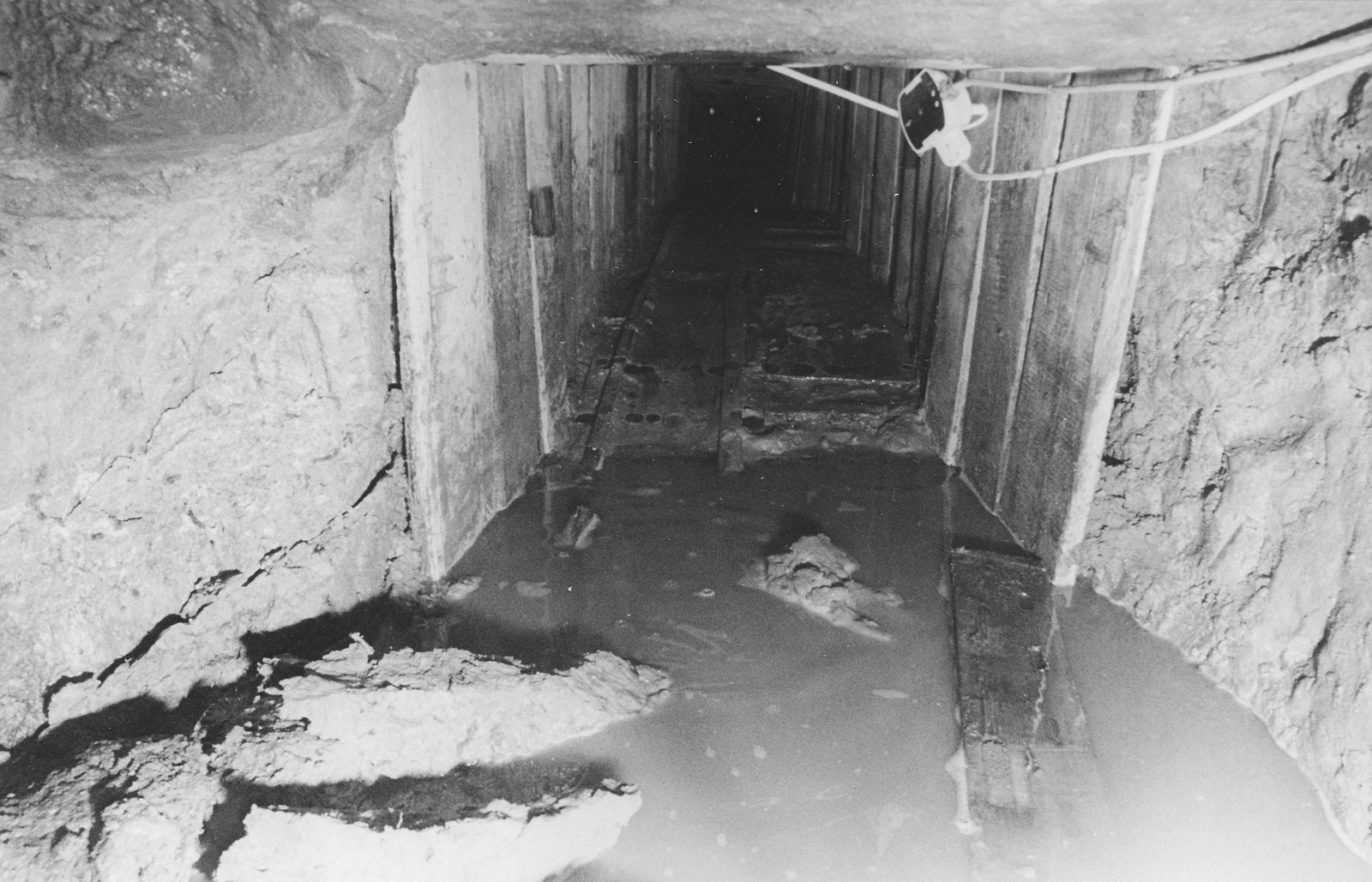
Waldmüllerstraße 1
They used a child's shovel and a small spade to dig the tunnel, and the transport of soil was done using a homemade wooden cart. When the tunnel was finished, the family had to wait for a period of dry weather, as the groundwater would otherwise have made escape impossible. Although a relative had informed the Stasi of the escape plans, the family managed to escape before the authorities could intervene and reached the Marienfelde reception camp in West Berlin safely. The day after the escape, the border guards sealed the tunnel with a 70 centimeter thick wall and filled it up.
Besides the successful tunnel escape in 1973, there were several other attempts to escape from Klein Glienicke during the Cold War. Some residents tried to swim across the Havel River to West Berlin, which was extremely dangerous due to the strong currents and the constant surveillance of the border guards. Many of these attempts also failed. There were also attempts to use vehicles to break through the border barriers, but the most were quickly spotted and stopped by the border guards.
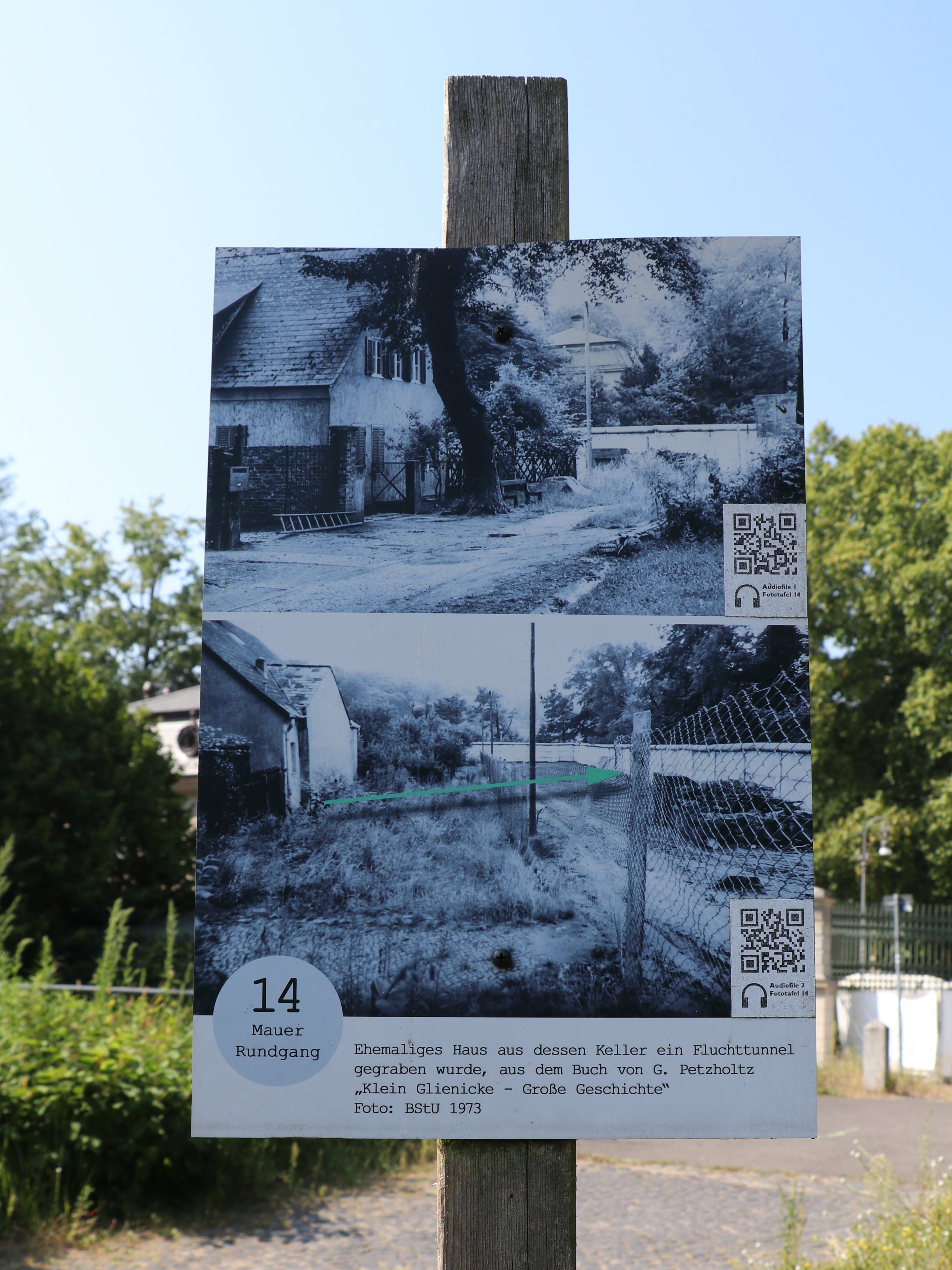
Fluchttunnel am "Jagdschloss"- Foto BStU 1973
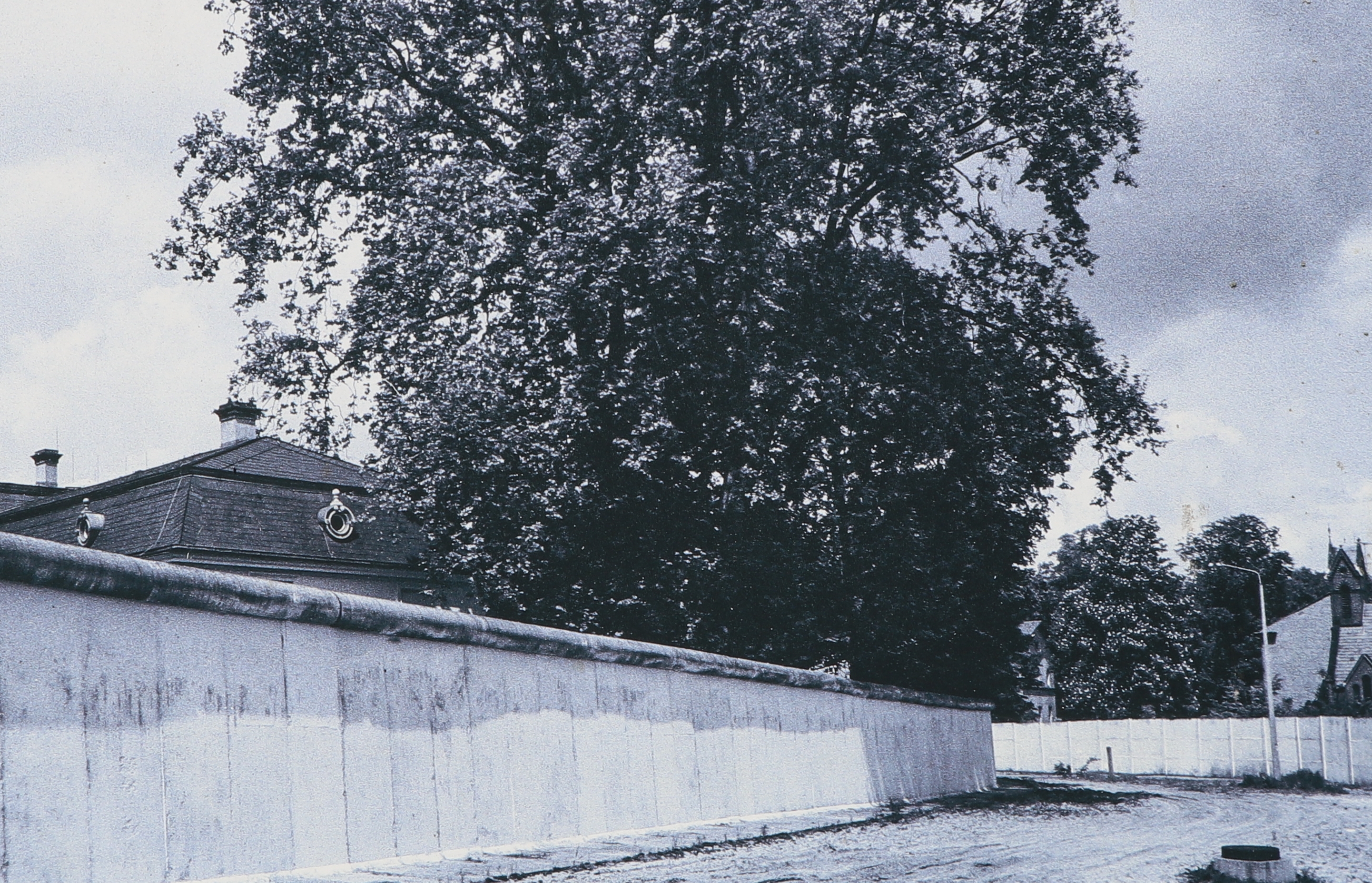
The death strip at
"Jagdschloss"
There were also other attempts to dig tunnels under the Berlin Wall. These attempts were often very risky and required great patience.
Some residents tried to use fake documents to cross the border. This required extensive planning and access to resources that were not readily available to most.
The many different escape attempts illustrate the desperation and ingenuity that many East Germans displayed in their attempts to achieve freedom in the West. Each escape was also at great risk to themselves, but also to the family members who stayed behind.
Am Waldrand in the DDR-era and after
Text from the information board:
"Klein Glienicke belonged to East Germany, whereas the bordering palaces and gardens, as well as the Böttcherberg, where part of West Berlin. Owing to the
irregular course of the border, proposals were repeatedly made to exchange territory. They never came to anything, however.
Being an East German exclave in the border area inside the territory of West Berlin, Klein Glienicke could only be reached from Babelsberg by crossing the park
bridge. An East German border guard was posted there. Registration notes were entered in the local residents' ID cards. Visitors had to apply for a permit for
the duration of their stay. These registrations prompted young people in particular to move away from Klein Glienicke. Empty houses were torn down. Klein
Glienicke chapel had to close in 1979. In July 1973, two families succeded in fleeing to West Berlin through a 19-metre-long tunnel which they have dug from the
cellar of their house using a children's spade and a normal one. Owing to the high ground-water level, their property was classified as "not constituting a tunnel
risk" in the "border security plan". It was therefore controlled only sporadically.
Evidently, nobody at the East German Ministry for State Security had taken into account the fact that the water table sank considerably during hot spells. Klein Glienicke Schweizerhaus - Built approx. 1865
Of the total of 10 Swiss houses that were built, there are now only four left - two on Waldmüllerstrasse,
one on Wilhelm-Leuschner-Strasse and one on Louis-Nathan-Allee. The other houses were demolished as part
of GDR border security.
Konsum as it looked way back - in Waldmüllerstrasse - Foto:
Bernd Otto 1990
Life in Klein Glienicke changed drastically from August 13, 1961, when the East German government built its
anti-fascist protective wall, which completely fenced off the village and also prevented access to the water
of the Teltow Canal. The only shop in the area - the Konsum shop played an important role in supplying the
residents with necessary goods.
Illustrations of a typical Konsum shop in the GDR era
-
Photos: Uwe D?nbrack -Dresden - Die Welt der DDR, Konsum
Teltowchanel by Klein Glienicke
- October 2018
Postkort Teltowchanel by Klein Glienicke -
approx. 1930 - The Teltow Canal was built in the years 1900
to 1906
Parkbrücke at Klein Glienicker was originally built in 1901 as a wooden
bridge over the Teltow Canal. It later became known as Parkbrücke and was an
important connection between Klein Glienicke and Babelsberg.
Glienicker Bridge - Summer 2024
The Glienicker Brücke spans the Havel River and connects the cities of Berlin
and Potsdam at Klein Glienicke. In 1949 it was ready after being rebuilt after
the war.
It can be difficult on a summer's day to imagine that this idyllic bridge
should have been the backdrop for spy exchanges during the Cold War. It was
then that the bridge in the GDR was called "Brücke der Einigheit" and where
American and Soviet soldiers stood directly opposite each other. The first of
three spy exchanges was on February 10, 1962, when American pilot Francis G.
Powers was exchanged for KGB master spy Rudolf Abel. While the bridge was
closed, there were numerous civilians who tried to escape from the GDR via
the bridge. Most failed, but in 1988 three residents from Potsdam managed to
break through the bridge's barricades in a large truck. Subsequently, further
barriers were put up on the bridge, so that a repetition was not possible.
For many years after the Cold War, you could see on the asphalt where these
barriers had stood.
Glienicke Bridge or
"Bridge of Unity"....
....as it was called in the GDR era..
....lies scenically on the
border between Berlin and Potsdam and Klein Glienicke.
Pictures of Glienicker Bridge - Summer 2009
Klein Glieniche - An excellent book by Gerhard Ludwig Petzholtz about a unique
area
Berlin is always worth visiting
Andre glimrende rejsemål Other fine destinations Ni breve til geheimearkivar m.m. C. F
Wegener: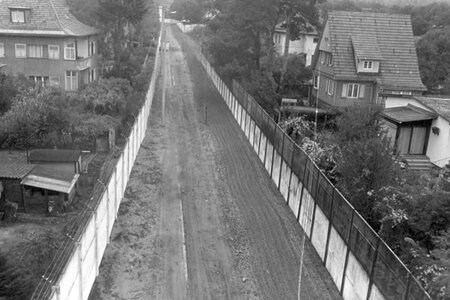
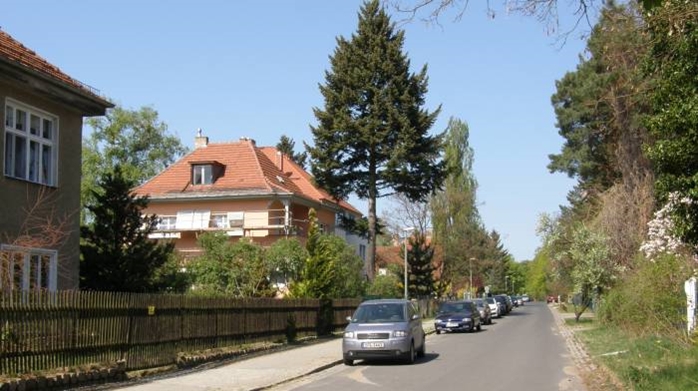
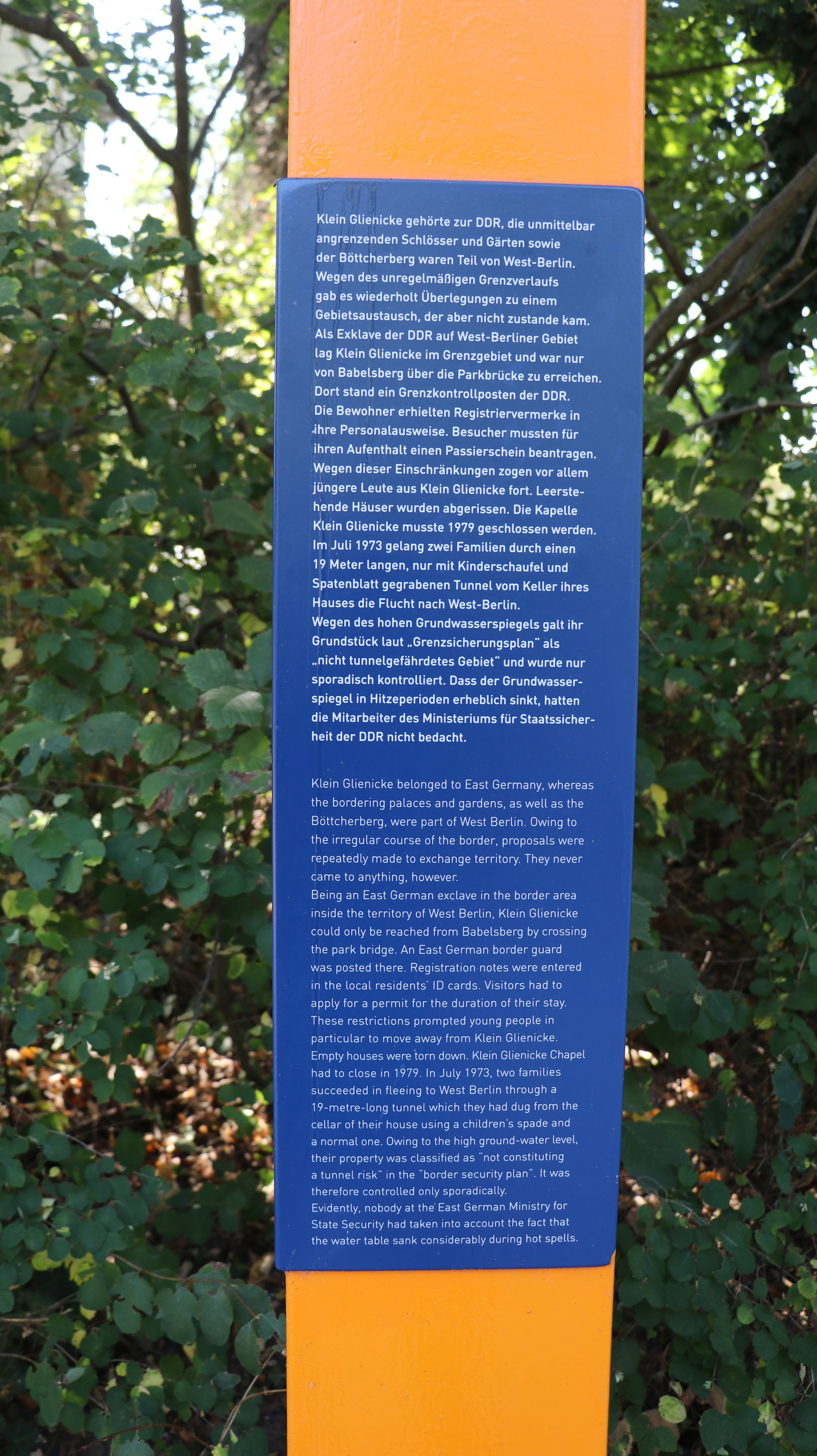
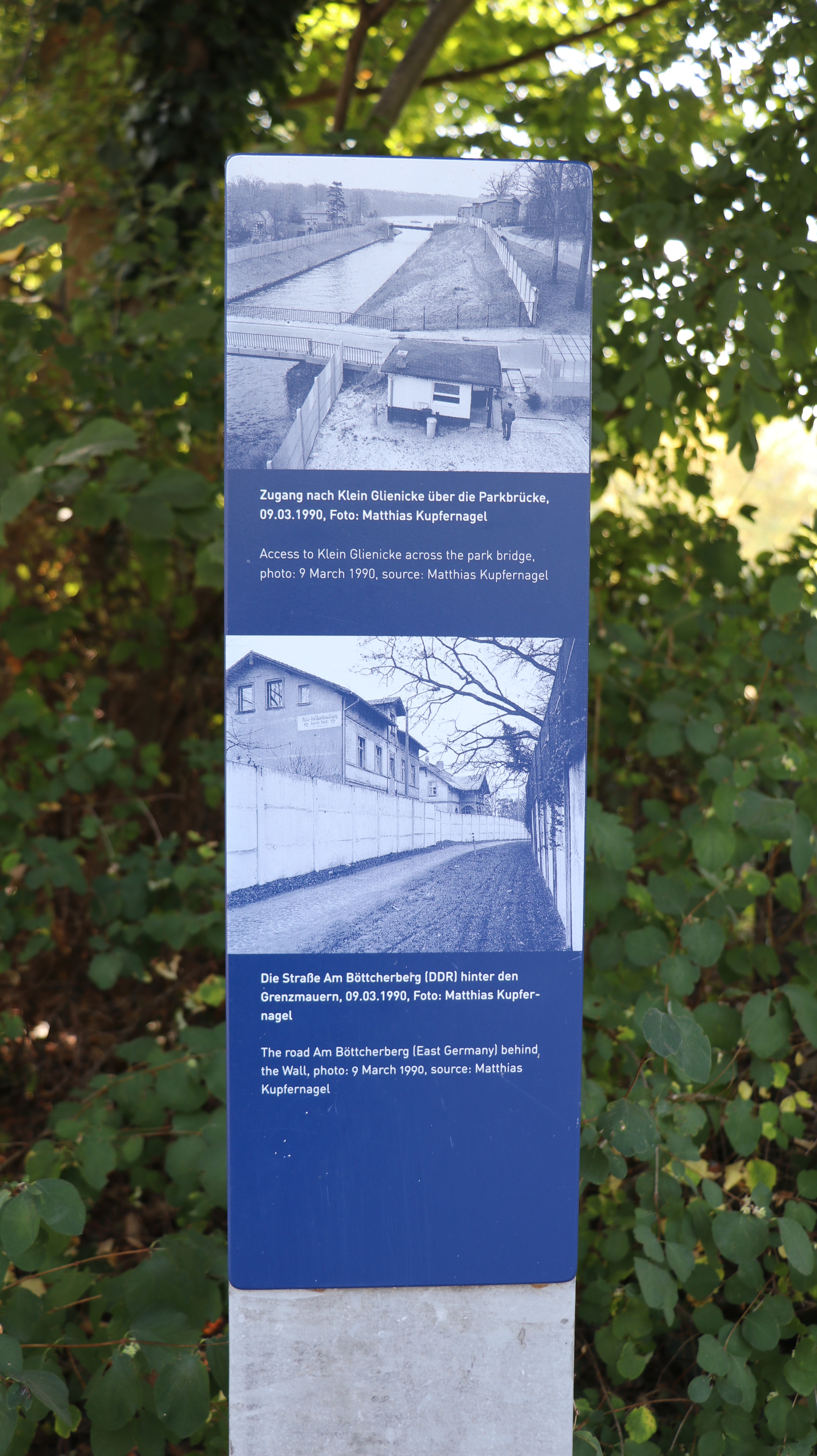
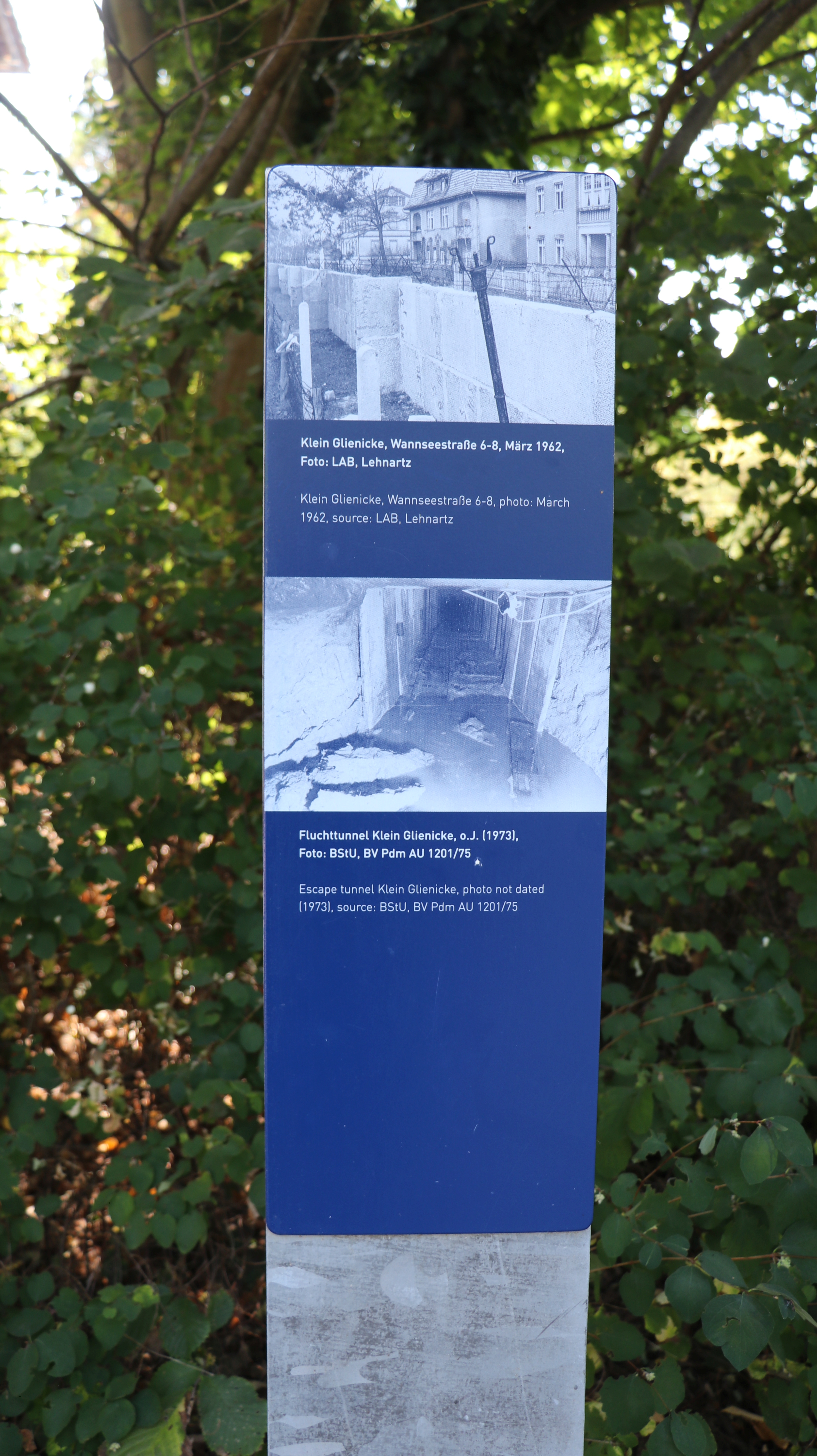
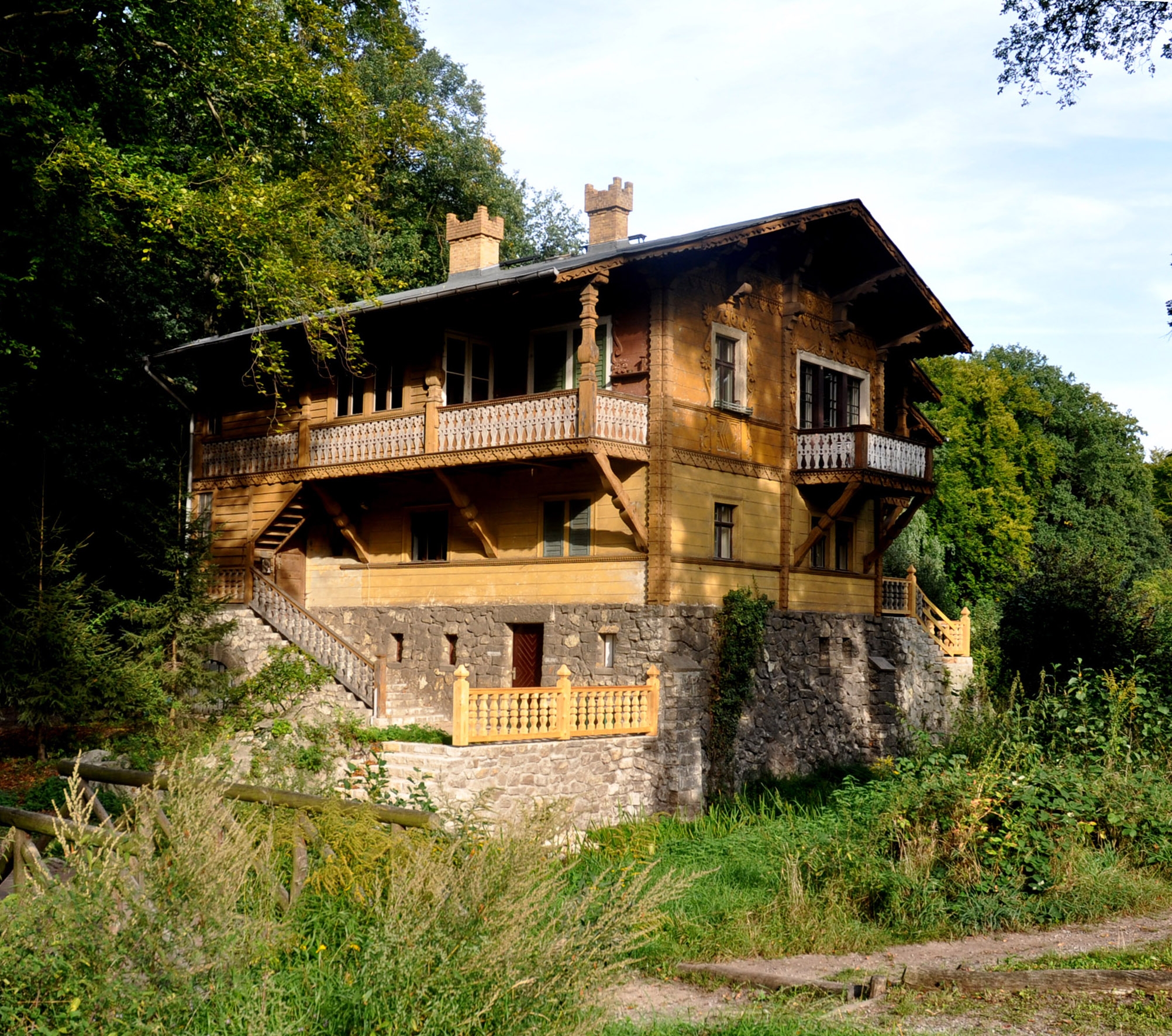
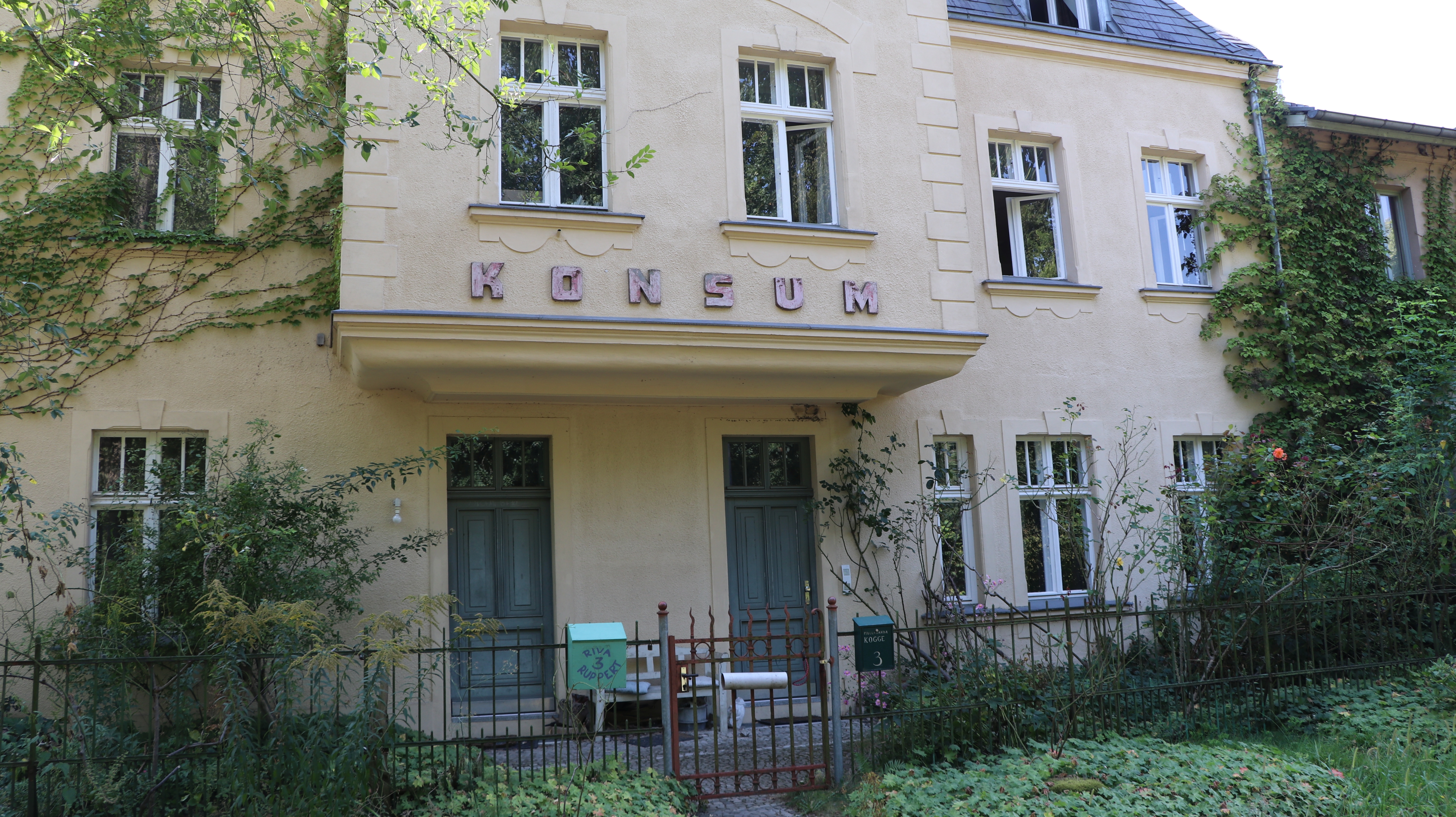
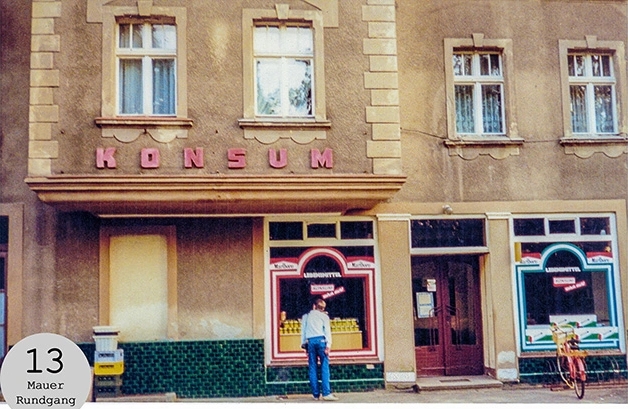
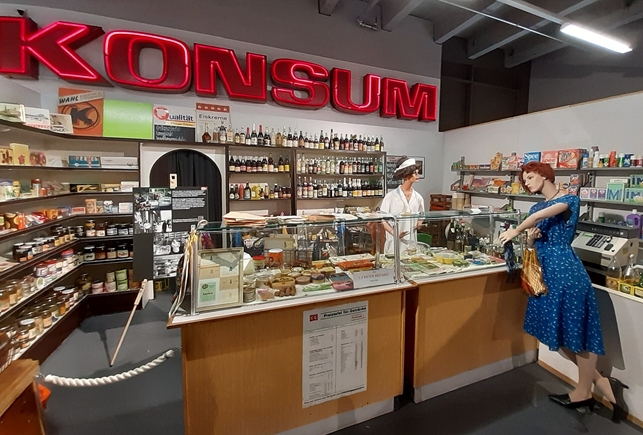
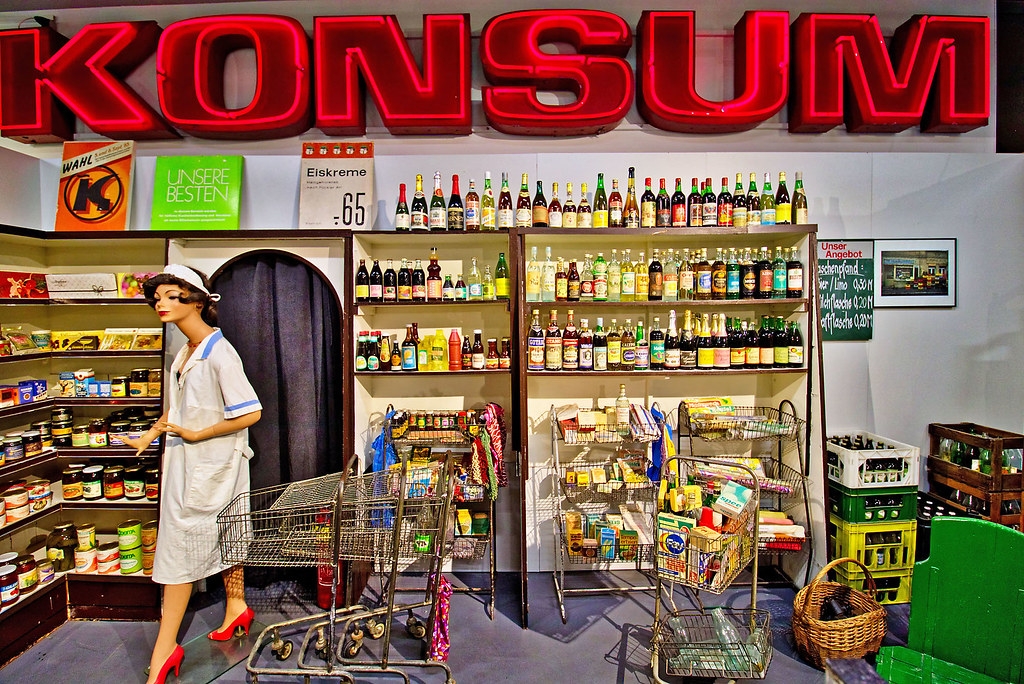
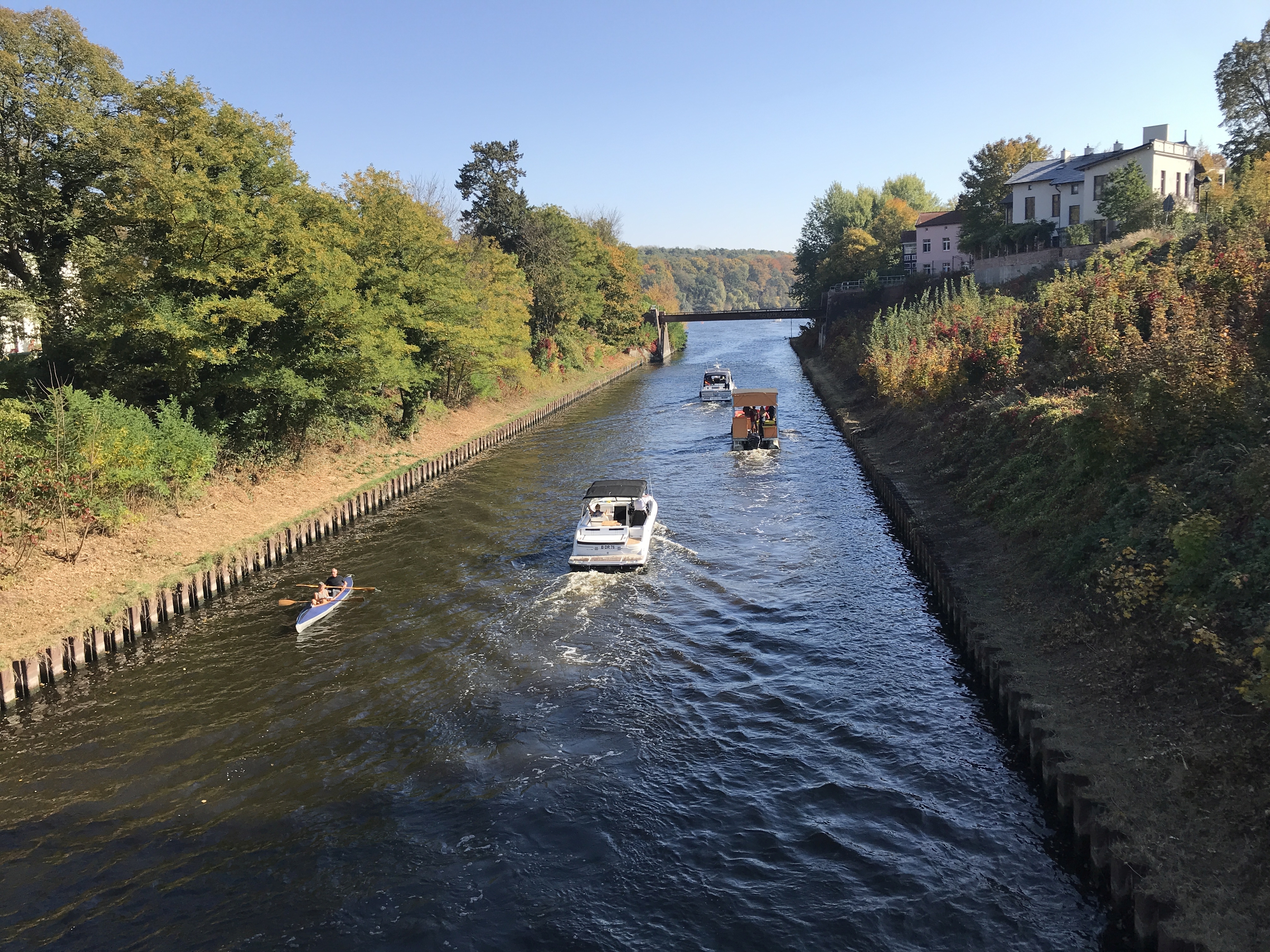
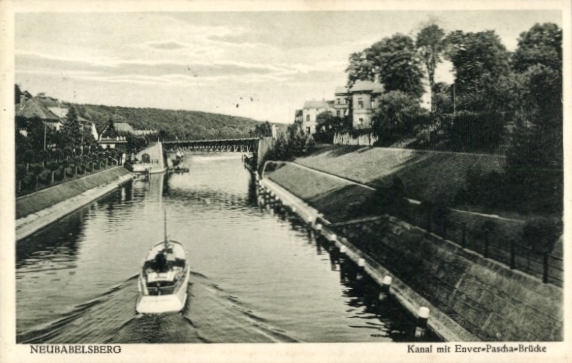
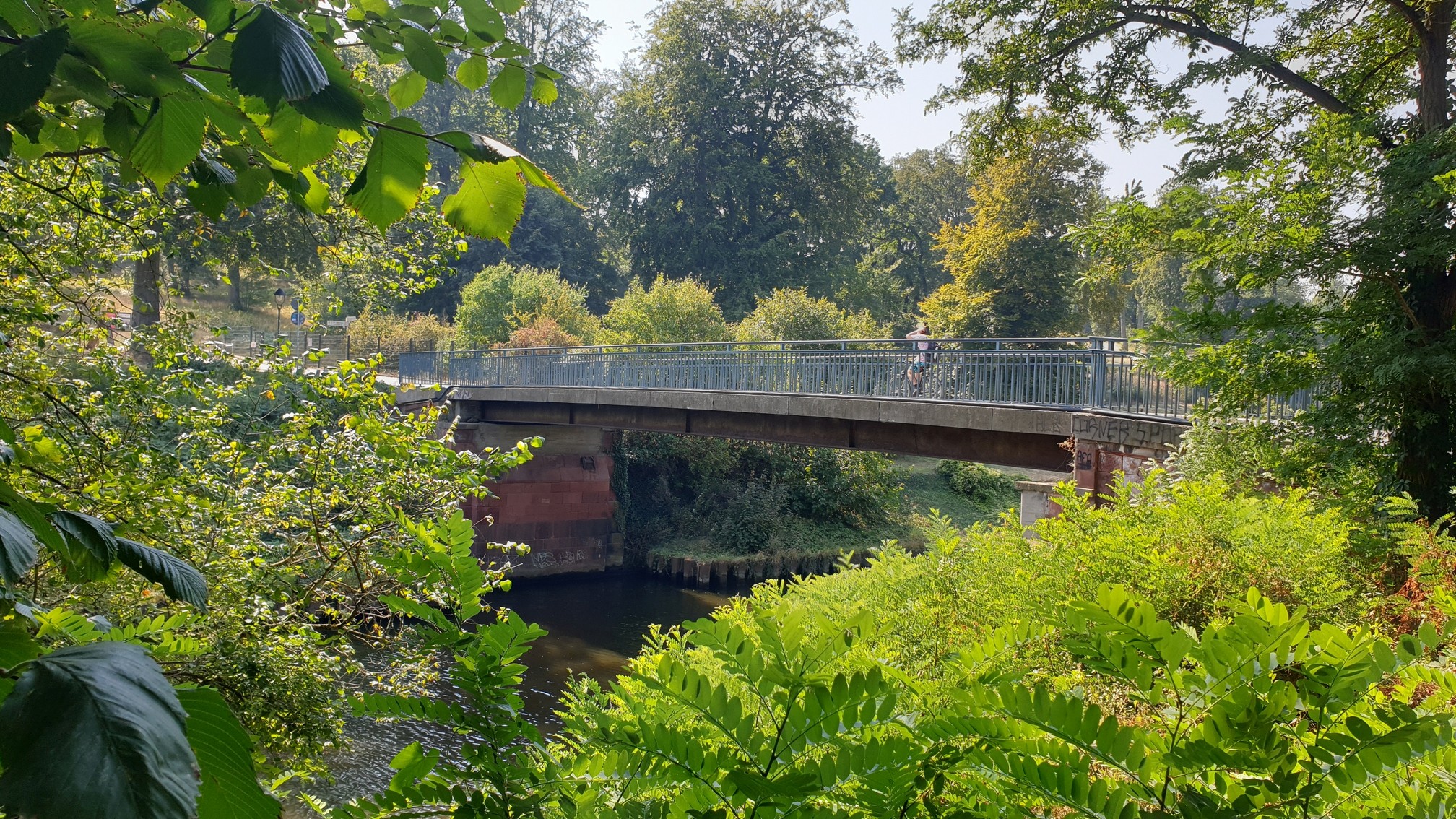
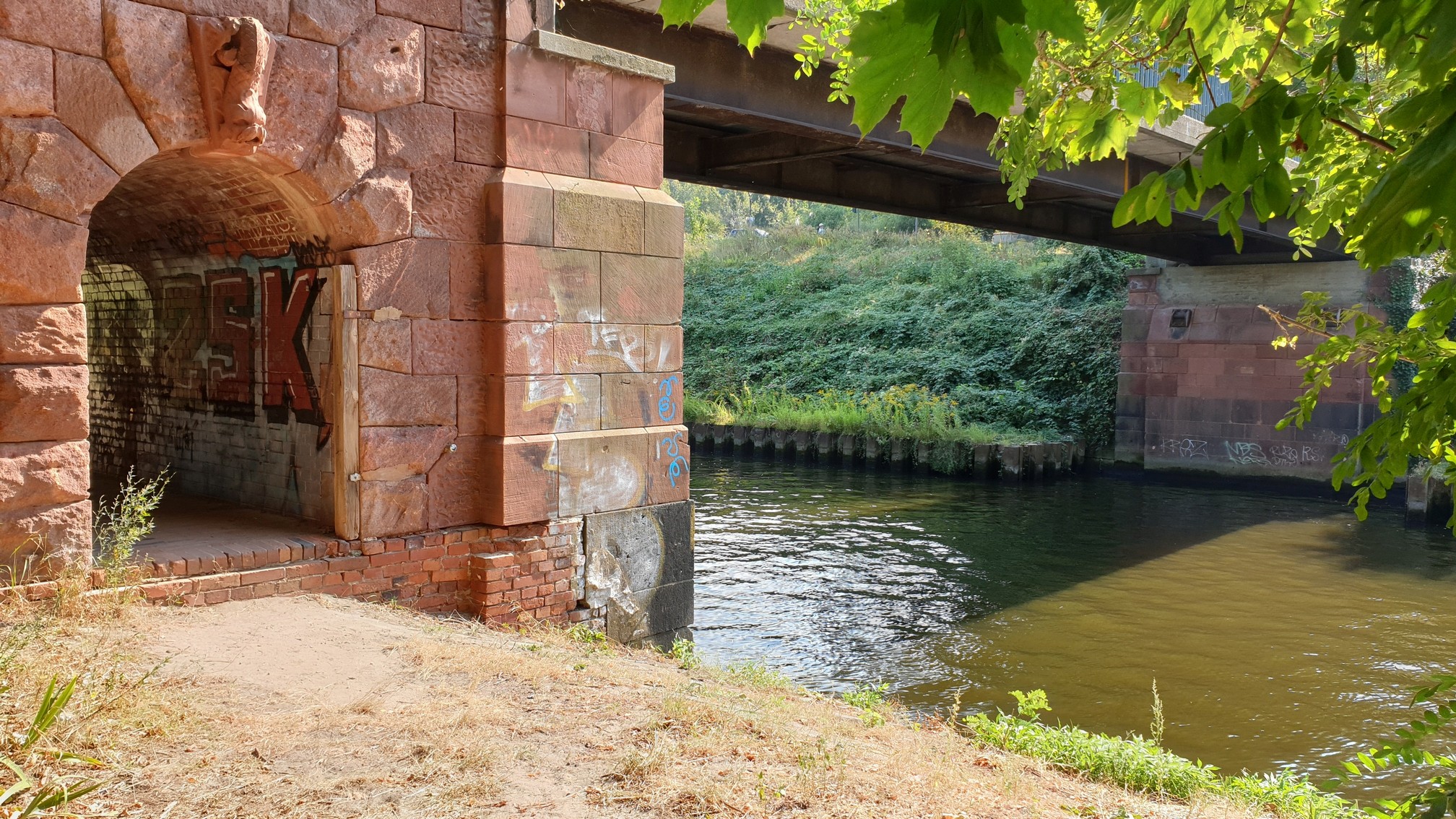
During the Cold War, the bridge was used as a border checkpoint when Klein
Glienicke was an exclave surrounded by the Berlin Wall.
The bridge was destroyed at the end of World War II, but was quickly rebuilt
as a simple steel bridge.
After the fall of the Berlin Wall, the bridge was reopened to the public.